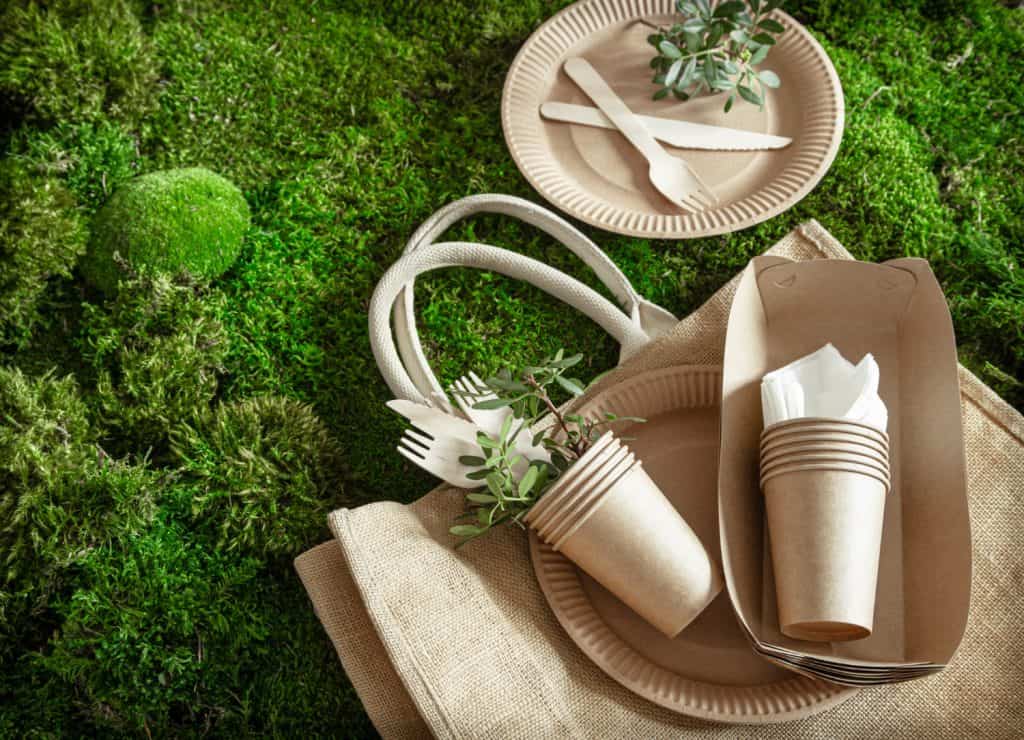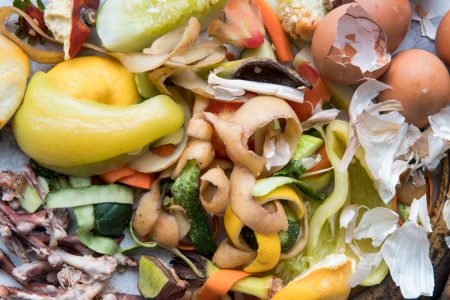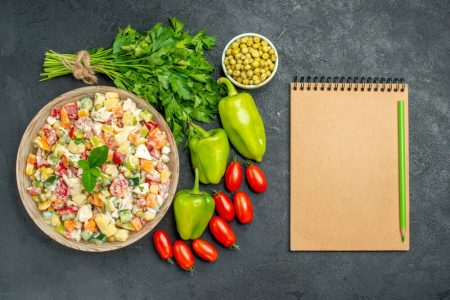
In This Article
We are currently experiencing a plastic crisis of an unfathomable scale and reach. According to the United Nations Environment Programme (UNEP), the world is producing more than 430 million tonnes of plastic every year – two thirds of which are only used for a short period of time and will little to no way of recovering it.
While there has been some effort to manage plastic waste sustainably, it has not achieved much success. The OECD’s first Global Plastics Outlook shows that only 9% of the world’s plastic waste is being recycled. The rest is either incinerated, brought into landfills or even evade waste management systems completely. In this last case, 22% of all waste goes into uncontrolled dumpsters, where they are burned in open pits, which just releases more pollution to the air, or end up into our ecosystems, whether in land or our water bodies.
This is important, as plastic production is expected to continue to grow in the near future. It is ingrained in every aspect of contemporary societies – from our vehicles, our homes, to the products and services that we use.
Plastic pollution is a worldwide problem that has far-reaching consequences for individuals, organizations and the environment that we can imagine. According to the UNEP, every year between 19 and 23 million tonnes of plastic waste leaks into our ecosystems, particularly into our rivers, lakes and oceans. If no action is taken to reduce plastic production and manage waste properly, plastic pollution is expected to triple by 2060.
Promoting sustainable designs for the products and material that we use in our economic activities is the only way to address the full life cycle of plastics. We need to implement biodegradable plastics.
Why biodegradable solutions?
Biodegradable plastics (also known as bioplastics) are just exactly what they sound like: plastic alternatives made not from fossil fuels, but from other biodegradable components. Generally speaking, bioplastics are obtained from renewable sources or created from polymer materials that can be created renewably. They can also be easily decomposed in specific mediums, such as water, soil or compost, by the action of living organisms, specially microbes, into carbon dioxide and biomass. Besides, bioplastics such as Polylactic Acid (PLA) have been proven to generate less GHG emissions during its entire life cycle compared to traditional plastics.
It must be remarked that different types of biodegradable plastics are designed to decompose under specific conditions. You can´t simply dump all your bioplastics in the trash and expect them to decompose. This is why incorporating biodegradable plastics into our economies necessitates the creation od specialized facilities to ensure proper degradation is possible.
Biodegradable solutions
Thanks to the technological advancement and research that has been done in the last few decades, bioplastics made from biopolymers can play a vital role in the gradual transition from traditional plastic. Some of the most important are explored below.
Polylactic Acid (PLA)
Polylactic Acid is the first, most common and widely used biodegradable plastic today with massive potential in the field of commodity areas, such as packaging. It can be chemically synthesized from a variety of different sources, such as corn starch, sugarcane and even food waste rich in carbohydrates. It is formed by the fermentation of the carbohydrates through the use of an optimized strain from the Lactobacillus bacteria.
PLA’s wide popularity is due to its adequate compatibility with multiple natural reinforcements, plasticizers and other polymers. This allows scientists to tailor PLA’s characteristics to specific applications to the point that one day til will be able to really substitute the benchmark packaging materials, primarily PET.
Furthermore, PLA is capable of incorporation nanofillers, a particular doping agent that improves the mechanical and thermal properties of PLA without losing its core characteristics.
Thermoplastic Starch (TPS)
Thermoplastic Starch composites have drawn a lot of attention in recent years due to latest improvements on blending processes with other polymers to tailor to specific applications. Just like PLA, Thermoplastic Starch is relatively abundant, as it can be obtained from starch-rich crops, such as potatoes and rice. This also makes them other biodegradable and renewable source of bioplastic.
A lot of research has been done in the viability to blend together PLA and TPS in order to improve the resistance against water interactions which would degrade the polymer mixture. This should be able to improve the viability of bioplastics for wide spread use in the packaging industry without the risk of the deterioration of the packaging during its life cycle.
Challenges of biodegradable packaging
As we have explored biodegradable plastics can be a viable alternative to fossil fuel based plastics. However, there are some limitations and challenges that governments and organizations need to tackle.
Primarily, the biggest challenge is the lack of the necessary infrastructure for composting or biodegradation. As we mentioned before, bioplastics can only decompose under specific conditions, such as high temperatures and moisture, which may not be available in all waste management systems. If not handled properly, bioplastics might not decompose completely and only contribute to the already existing problem of plastic pollution.
There is also the risk of bioplastic degradation during its life cycle, before arriving to composting or biodegradation facilities if they don’t meet with minimum standards of quality. Implementing bioplastics in every level of the packaging industry would require that only specific blends and specific biopolymers be used and that we standardize minimum mechanical and chemical requirements. Regardless, a lot of work needs to be done by policy makers and businesses in order to achieve this.
We must also consider that production per unit prices will be higher due to the low production capacity currently existent, which would demand additional investment. However, that would also translate to new market share opportunities for production, composting and it would greatly diminish pollution generation worldwide.
Conclusion
Biodegradable packaging stands as a beacon of hope in the pursuit of sustainable practices within the packaging industry. Its potential to mitigate environmental pollution while meeting international efforts for sustainable development cannot be denied, but a lot of groundwork is till necessary.
Soon, we will be able to effectively and readily implement better solutions for the environmental problems that affects us and we will be able to stride confidently toward a future where environmental responsibility converges with commercial success.



